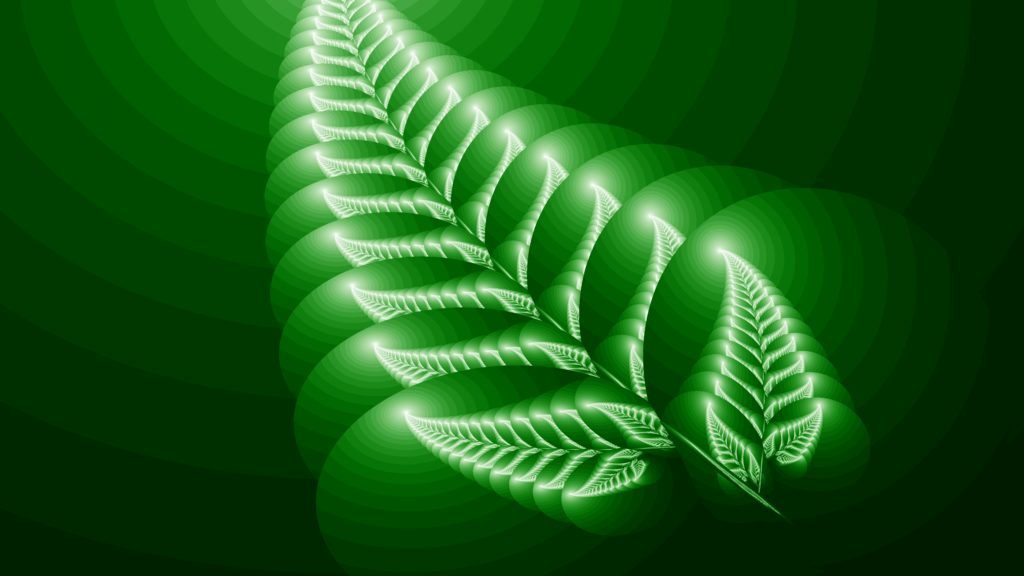
Ibogaine is a compound found in a plant with the scientific name Tabernanthe iboga (aka iboga).1 Iboga contains around 100 alkaloid compounds.2 Ibogaine is the most well-known iboga alkaloid. Others include noribogaine (the principal metabolite of ibogaine3), coronaridine, catharanthine, and voacangine.2
Basically, there are two ways to figure out if a drug is psychedelic. The first considers the receptors to which it binds. The second compares the effects of the compound to the effects of known psychedelics. If a compound passes the test for either or both, then it is psychedelic.
What is a Psychedelic Drug?
The English psychologist and researcher Humphry Osmond first coined the term psychedelic. The word comes from the Greek words for mind or soul (psyche) and show (deloun) to describe the effect LSD had on the mind. Osmond first used the word in a presentation he gave at the New York Academy of Sciences in 1957.4
Psychedelics are typically tryptamine compounds that are similar in chemical structure to the neurotransmitter serotonin.5 Psychedelic researcher and expert Dr. David Nichols states in his 2016 paper titled Psychedelics,
“Mechanistically, psychedelics have agonist or partial agonist activity at brain serotonin 5-HT2A receptors.”
For defining the effects of psychedelics, Dr. Nichols says that they,
“…induce states of altered perception, thought, and feeling that are not experienced otherwise except in dreams or at times of religious exaltation.”
What Do the Pharmacodynamics of Ibogaine Reveal?
When it comes to receptor interactions, ibogaine shows no clear preferences. It has a moderate to weak affinity for a variety of receptors and transport proteins.6–8 Therefore, it likely has a complex mechanism of action.
In a 2000 study, Glick et al. found that ibogaine had a Ki of 16 µM (16,000 nM) at 5-HT2A.9 As a point of reference, psilocin’s Ki at 5-HT2A is just over 100 nM10 (to learn more about binding affinities and what they mean, see the PSR article Binding of Psilocin and Psilocybin to Serotonin Receptors). These data show that ibogaine has virtually no activity at 5-HT2A. Thus, one can conclude that it is not a psychedelic drug by this definition.
Researchers suspect that ibogaine’s psychoactive effects could be due to its activity at the kappa opioid receptor (KOR). Here, ibogaine’s Ki = 2,600 – 3,680 nM.9,11 This suspicion comes from the activity of another compound at KOR. The plant Salvia divinorum (aka salvia) has strong psychedelic and hallucinogenic properties. Salvia contains a psychoactive compound called Salvinorin A which is a highly selective KOR agonist.12
There is also experimental evidence that ibogaine’s main metabolite noribogaine plays a role in the psychedelic effect. In 2015, Maillet et al. showed that noribogaine is a G-protein biased kappa opioid receptor agonist.11 Noribogaine’s Ki = 720 nM in this study indicates it has greater affinity at KOR than ibogaine.
The Effects of Ibogaine
The website Erowid classifies ibogaine as a psychedelic based on its effects. The site says that ibogaine causes “mild auditory and dreamlike visual hallucinations.” MAPS (the Multidisciplinary Association for Psychedelic Studies) says, “While ibogaine is a mild stimulant in small doses, in larger doses it induces a profound psychedelic state.” The PsychonautWiki website classifies it as psychedelic as well.
Interestingly, there are differences in the subjective effects of pure ibogaine versus extracts from the whole iboga plant. Reports indicate that plant extracts give a complete psyche-spiritual experience. This indicates there may be an entourage effect with iboga compounds like there is with cannabis and magic mushrooms (aka psilocybin mushrooms).
Summary
Studies show that ibogaine has no activity at the psychedelic 5-HT2A receptor. But it is a psychedelic drug based on its reported effects.
The differences in the subjective effects of pure ibogaine versus iboga extract are intriguing. An entourage effect may underlie ibogaine’s complex pharmacology and that of the other compounds in iboga. This effect would help explain the differing effects of the two forms. Understanding the entourage effect of the compounds in Tabernanthe iboga would allow researchers to make formulations that preserve the benefits of nature’s cocktails, while also having pharma’s precision dosing.
